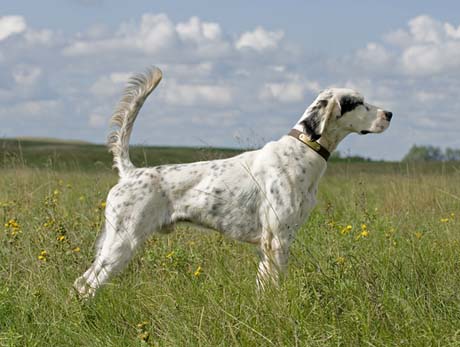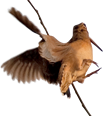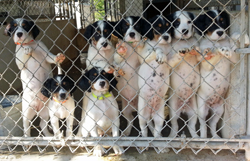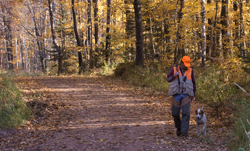Dogs, not averages, matter in breeding

Blue Shaquille (Houston x Blue Silk) on the prairie of North Dakota. Photo by Chris Mathan, The Sportsman’s Cabinet.
On average, the most likely division is one whereby half the chromosomes in any gamete (reproductive cell) come from the sire and half from the dam but all possibilities will exist ranging from 100% of paternal origin to 100% maternal.
~ Malcolm B. Willis, Genetics of the Dog, 1989
Averages. What do they mean?
Weather forecasters, statisticians, sports announcers and insurance underwriters all make decisions—some of which are extremely important—based on averages. They are a slick way to slice and dice large sums of data in order to draw conclusions, theorize, forecast and make assumptions. But they might mean nothing when it comes to a specific occurrence or individual.
The “average” July day is sunny and 84 but what does that matter if your wedding reception is held under a tent due to a downpour and temperatures is the mid 60s? Or if LeBron James “averages” 25 points per game but only scores 12 in Game 7 and the Heat lose, his average becomes a nonfactor.
In the dog breeding world, if half the pups in a litter are more like the sire and the other half are more like the dam, then they “average” out to have inherited about half of their traits from each parent. But if the dam was mentally unstable or had a major fault, it certainly matters which parent the individual pup took after!
Most tools used by dog breeders—things like pedigrees, coefficient of inbreeding and percentage of blood calculations—all rely on averages. They show what genetic traits could be carried by certain animals. Those tools provide a place to start, but once a specific dog is standing in front of you, those averages cease to matter. Now we have an individual with its inherited attributes, strengths and weaknesses. It might be similar to others in the litter…but it isn’t the same. Each dog is unique and could be more like a parent, a grandparent or possibly even a great-grandparent.
Choosing which individuals—not averages—to breed will make or break a breeding program. First-hand knowledge and careful evaluation about a specific dog’s traits are crucial.




